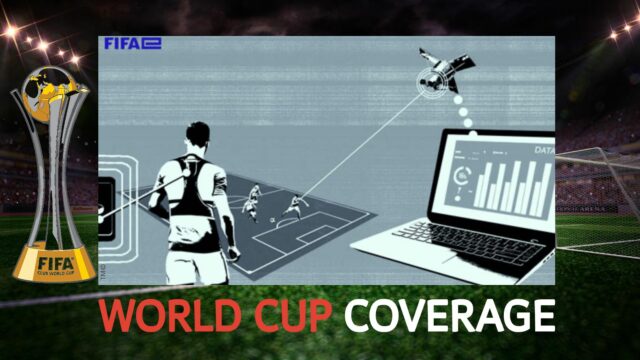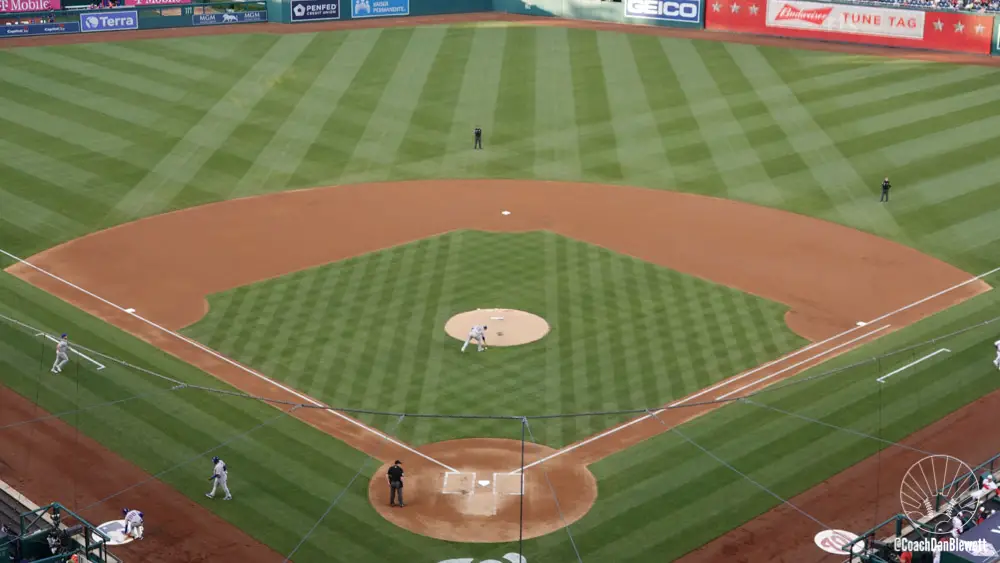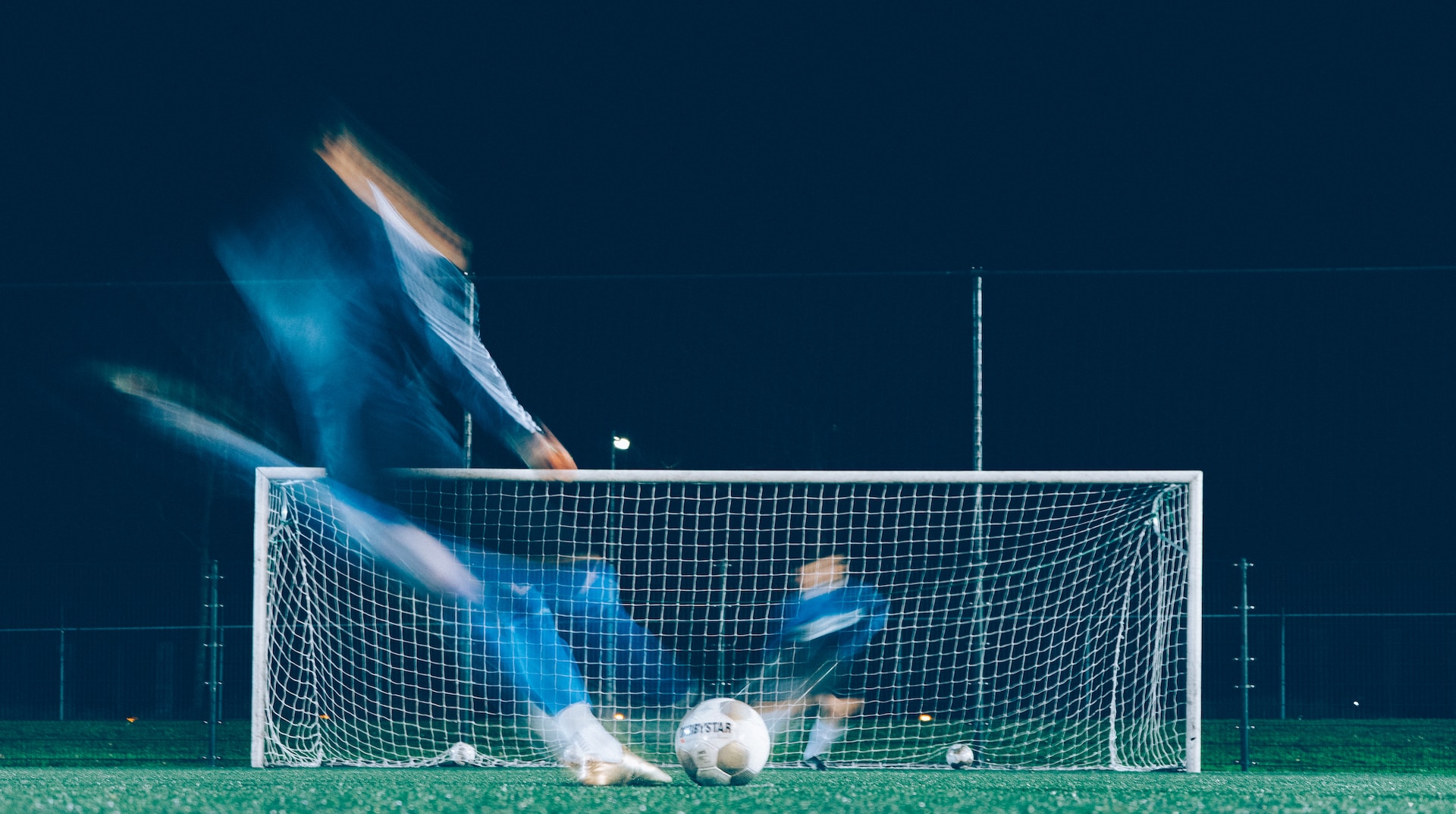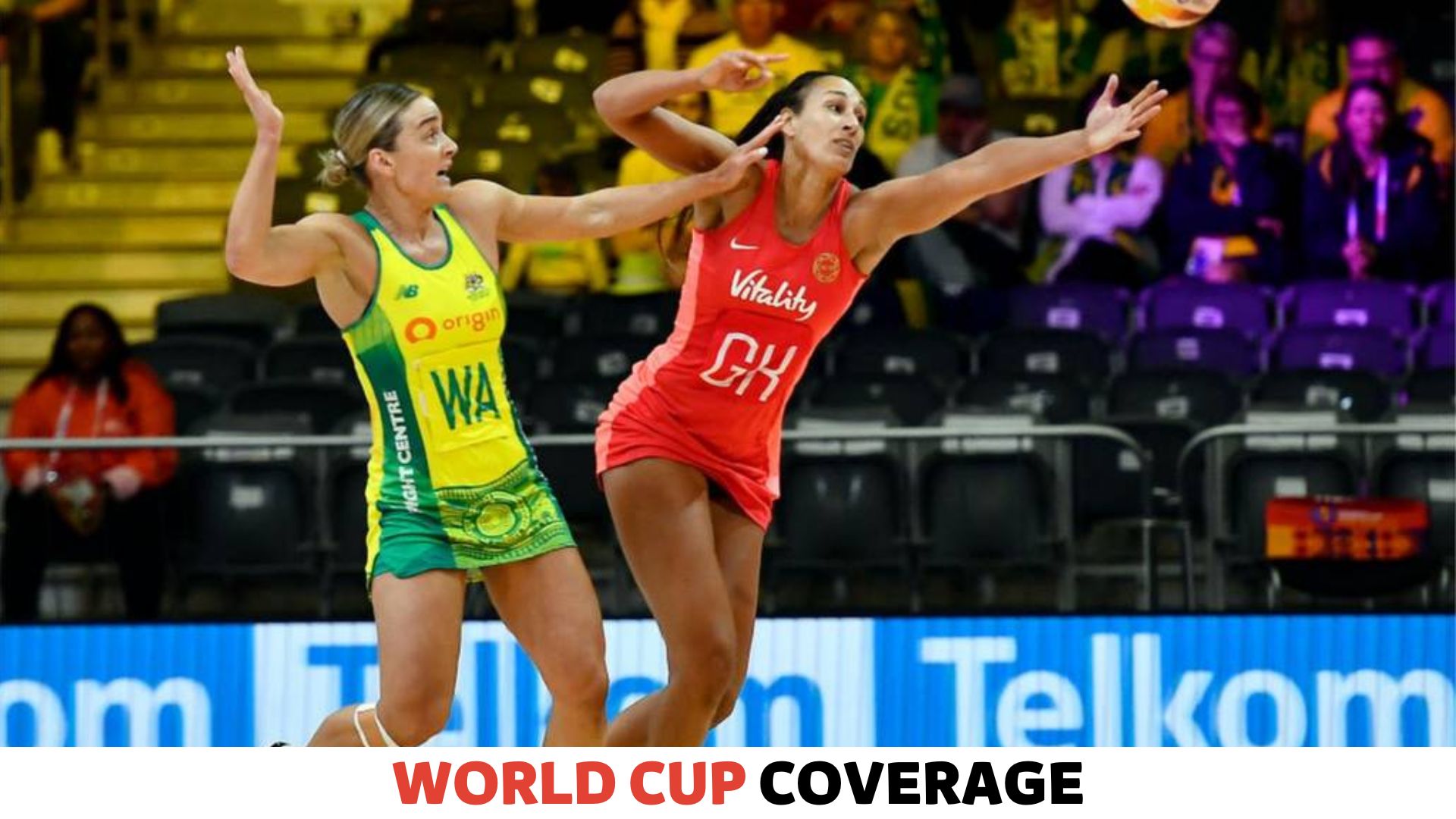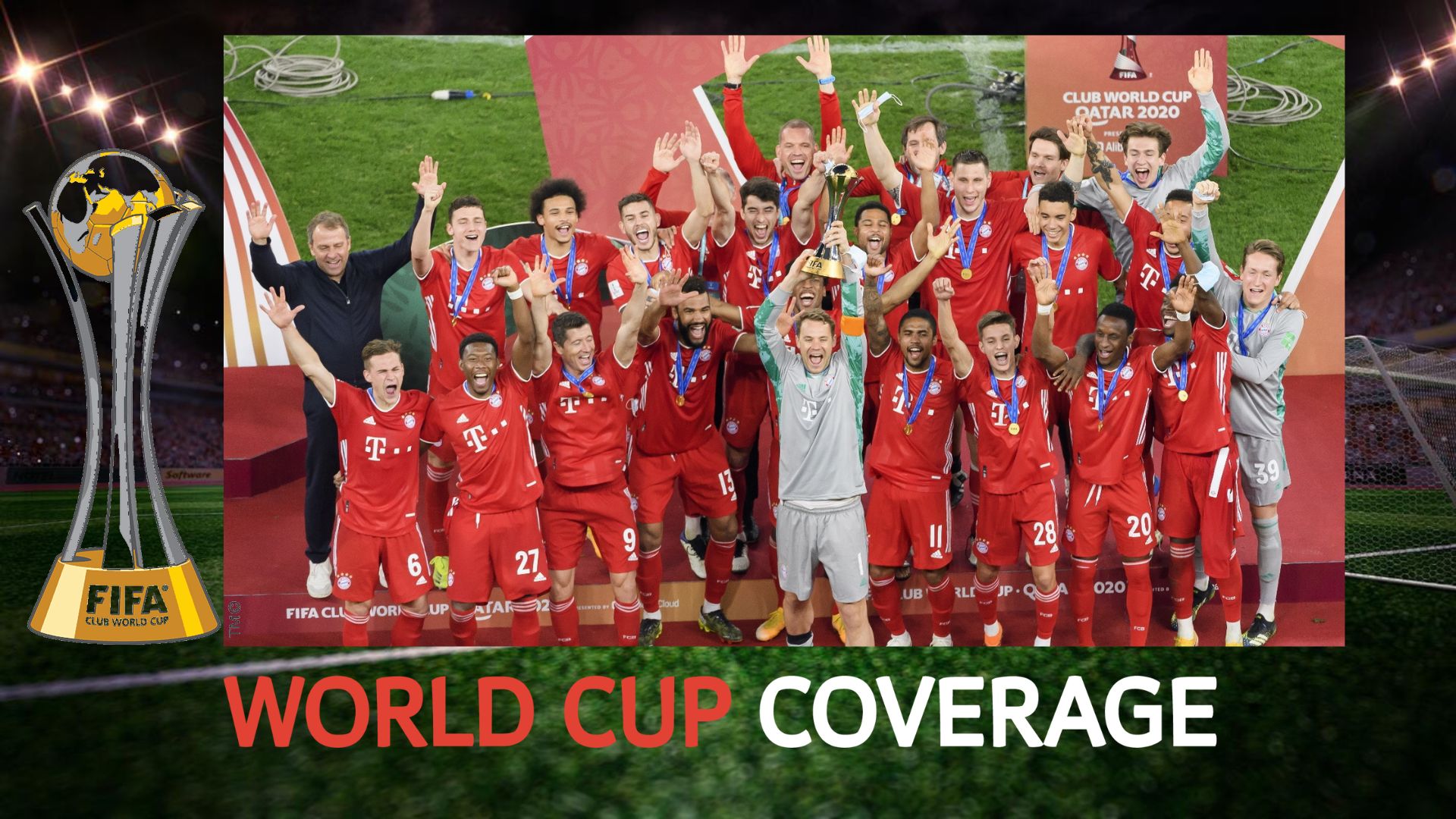Technology will be the center of attention at the Qatar World Cup. It will not only help officials make crucial calls, but it will also keep spectators safe.
The Football Technology & Innovation team is responsible for solving existing problems in the FIFA World Cup by testing and implementing innovative technologies.
Technology is influencing how sports are played in the future. These technologies include VAR and leverage, referee assistance, and outdoor stadium cooling technology. This can surprise fans and players and provide a better experience for a once-traditional sport.
Here is a breakdown of the role of technology in the FIFA Club World Cup.
Semi-automated Offside Technology
Video match officials and on-field officials can use semi-automated offside technology to aid them in making faster, more reproducible, and more accurate offside decisions.
This technology results from three years’ worth of research and testing. All the FIFA players, supporters, and teams visiting Qatar in the year’s second half would appreciate it very much.
The workflow of semi-automated offside technology with the connected ball technology was successfully tested at numerous FIFA tournaments.
The role of technology in the FIFA Club World Cup is to make faster and more consistent offside decisions during these matches.
Semi-automatic offside technology is revolutionary. It supports referees in making fast, accurate, and reproducible offside decisions during matches.
FIFA decided to use semi-automated offside technology for the World Cup to overcome the limitations of VAR technology. It has also evaluated this technology for its potential in this game.
VAR Technology
VAR technology was first introduced at the 2018 World Cup, and it proved so popular that it was extended to all major European leagues over the next few years.
The new technology employs 12 dedicated tracking cameras mounted under the stadium roofs to track the ball. It also collects up to 29 data points about each player.
These data points are tracked 50 times per minute to calculate their exact position on the pitch. The 29 data points collected for offside calls include all limbs and extremities.
This data is combined with artificial intelligence to automatically alert the video operator room to an offside attacker when the ball is received.
The video match officials verify the proposed decision before notifying the referee. They check the automatically chosen kickpoint and the automatically generated offside line.
These lines are based on the calculated positions of the players’ legs. The role of this VAR technology in the FIFA Club World Cup is to make decisions quickly and more accurately.
Goal Line Technology
Goal-line technology has been around for many years and is used in addition to VAR. This electronic aid is used to verify if a goal has been scored. The 14 high-speed cameras send a signal to the referee within one second.
An App for FIFA Players
Each World Cup player was issued a unique QR code, giving them access to the FIFA Player App. 400 players registered for it. After each match, the app gives them personal and team data access. The app allows players to analyze their performance and improve for the next game.
It’s clear from everything we’ve seen so far that the FIFA World Cup Qatar 2023 will be one of the most technologically advanced sporting events in history.
Every aspect of the tournament, from AI to stadium design to fan experience, is expected to be revolutionary. This is a thrilling time for FIFA fans around the globe.
Cooling Technology
Qatar is also developing technologies to help fans and players stay cool in the hot desert climate. Advanced Cooling Tech is a new technology that will cool the stadium atmosphere. Seven stadiums were built using it.
The technology creates an energy center near the stadium where chilled water can be brought in via a pipeline to the venue.
Cold air is then pushed onto the playing field and spectator seating areas. These systems are as eco-friendly as possible by using insulation and spot cooling.
FIFA is determined to use technology to improve football at all levels. As new technologies become available, technology will only increase the game’s value.
Video Assistant Referees
Complaining about calls is a common feature of any soccer match.
Officials will use video assistant referees to minimize controversy in this tournament. FIFA officials stated that these referees use algorithms and data points to help on-field referees make correct calls.
The technology was used in the 2018 World Cup and has been improved for the 2019 games.
FIFA officials said the system would use tracking cameras placed under stadium roofs to monitor the sensor-filled ball and up to 29 data points about each player’s body. This is at 50 frames per second.
Artificial intelligence systems will use the data points to track players’ limbs and ball locations and help referees determine penalties such as offside.
Facial Recognition Technology and Drone Surveillance
The ACCC can use AI to predict crowd patterns using the number of people expected to attend each venue. The ACCC can predict crowd surges or the formation of stampedes by using data such as the time of arrival, entry points, and movement of people.
Recently, Qatar University developed drone surveillance that can inform how many people use the streets. This information is sent to ACCC for safety and transportation system monitoring.
Interceptor drones prevented potential attacks by unmanned aircraft systems at stadiums. The ‘SkyDome System’ is used to detect and stop rogue drones. The system can also classify threats and autonomously mitigate them with DroneHunter.
Leverage Technologies
FIFA Club World Cup Qatar offered FIFA the opportunity to evaluate potential enhancements to their in-stadium fan experience.
The prototype mobile app included video highlights, live referee reviews, key match moments, and the use of augmented reality to gain additional match insights.
FIFA is exploring the potential of emerging technologies to help merge real football and eFootball and offer new services like connected fitness, well-being and education, digital memorabilia, virtual football experiences, and interactive and gamified player and fan experiences.
Electronic Performance & Tracking System
An Electronic Performance & Tracking System is another major technology used in the 2018 World Cup.
The role of this technology in The FIFA Club World Cup is to make proper decisions. The system includes a variety of communication equipment and tools for both teams.
Two optical tracking cameras are used to track players and balls. The live footage from both cameras is also sent to analysts. This allows for real-time interaction, which can be used to inform their decisions during matches.
Wrapping Up
Well, here’s the guide you should know about the role of technology in the FIFA Club World Cup.
FIFA continues to research new technologies that can positively impact football. This technology allows for games to be analyzed through the eyes of a particular player on the pitch.
Future developments in technology may have even more of an impact on gaming and sports events. However, its impact on decision-making could prove to be enormous.

